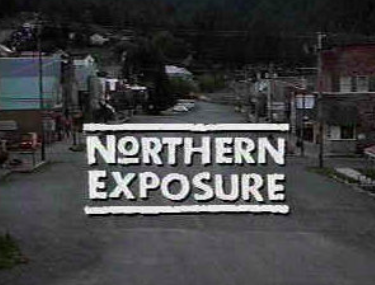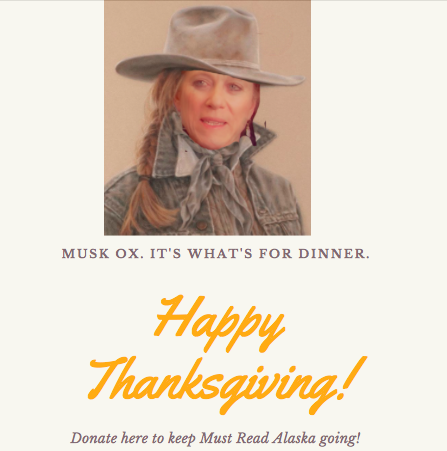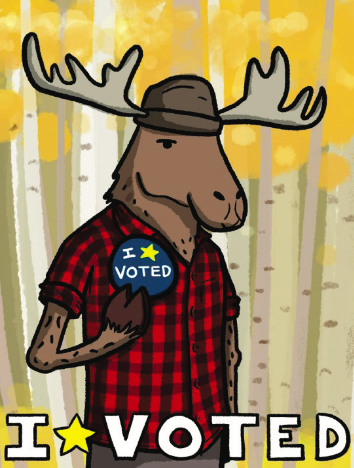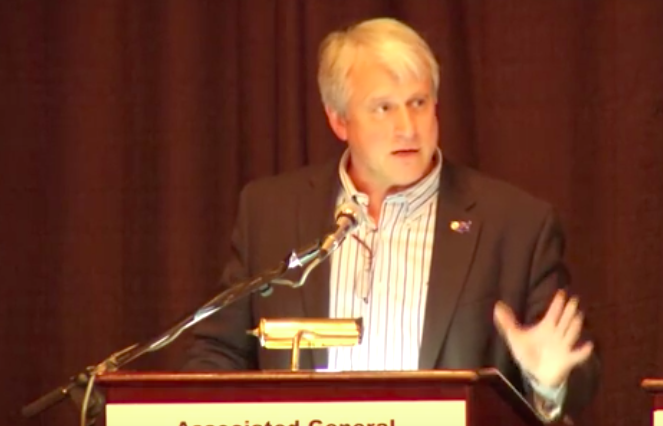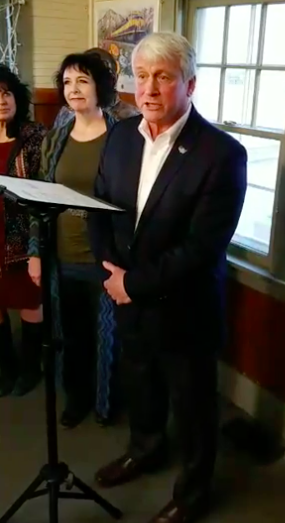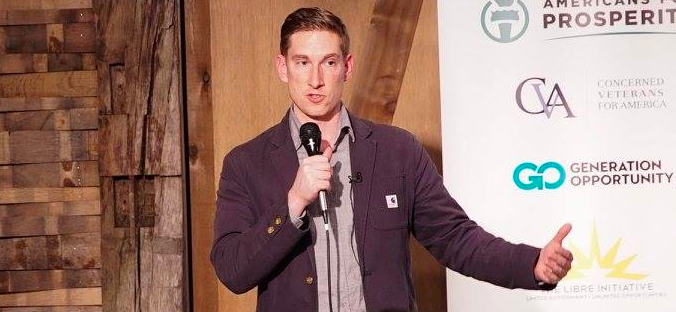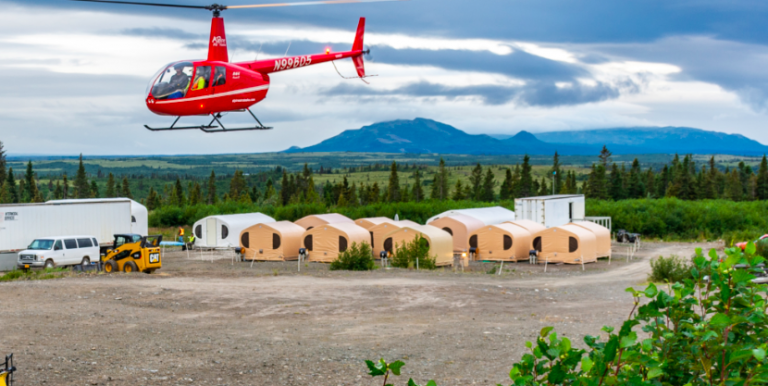PASSES OVER JUNEAU’S JULIE WILLOUGHBY — AGAIN
Gov. Bill Walker appointed four judges on Wednesday for the Bethel, Juneau, and Kenai Superior Courts, and the Court of Appeals.
TERRANCE HAAS, BETHEL SUPERIOR COURT
Haas practiced law in Alaska for close to ten years, after Graduating from Roger Williams University School of Law in 2007. He clerked for the Rhode Island Supreme Court before moving to Bethel, where he has been the supervisor for the Bethel and Dillingham Public Defender Offices for the last 10 years. He will join the Bethel Superior Court.
DANIEL SCHALLY, JUNEAU SUPERIOR COURT
Schally has practiced law in Alaska for more than 20 years, clerking in Kodiak and working as an assistant District Attorney for Southeast, before becoming district court judge and superior court Judge pro tempore in Southcentral in 2005. He will join the Juneau Superior Court.
JASON GIST, KENAI SUPERIOR COURT
Gist has practiced law in Alaska for more than 14 years, after graduating from the University of California’s Berkeley School of Law in 2004. He clerked for Alaska’s Chief Justice Alexander O. Bryner, worked in private practice, and has been an assistant district attorney for the State of Alaska since 2008. He joins the Kenai Superior Court.
BETHANY HARBISON, ALASKA COURT OF APPEALS
Harbison has practiced law in Alaska for almost 25 years, after graduating from Harvard Law School in 1993. She clerked for Judge Angela Mary Greene, worked as a public defender and magistrate judge, and is the presiding superior court judge for the Fourth Judicial District, covering Fairbanks and most of the Yukon-Kuskokwim Delta. She will join the Alaska Court of Appeals.
Walker passed over for the second time the application of Julie Willoughby, a Juneau defense attorney who he appointed earlier this year, before rescinding that appointment to the Juneau Superior Court, and giving the position to a lesser-qualified candidate.
Willoughby applied again, this time for the seat left open by retiring Judge Thomas Nave. Instead, the appointment went to Schally.
[Read: Judicial nominees: Will Walker weigh in or pass?]

